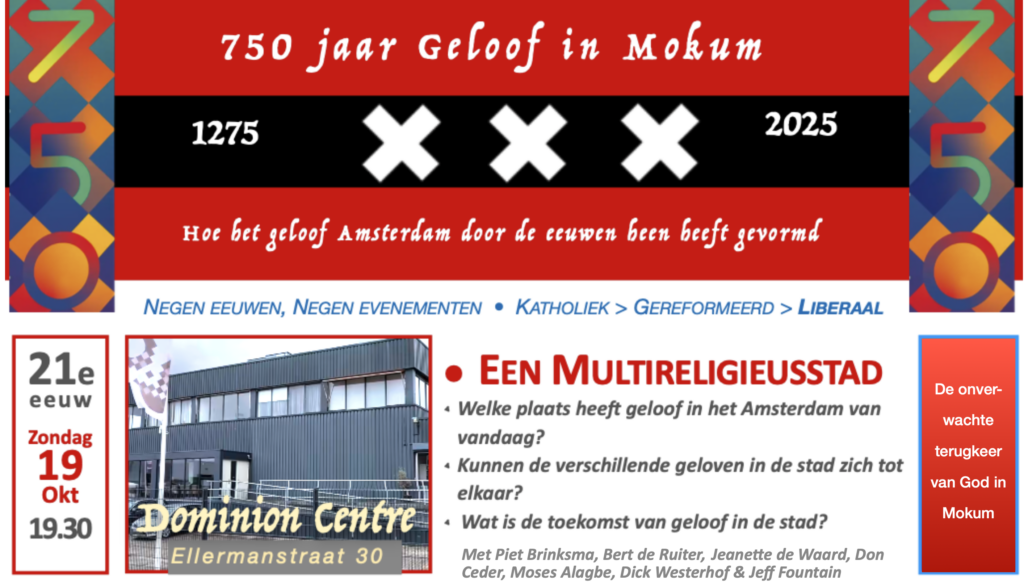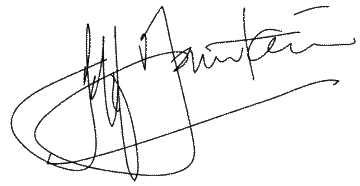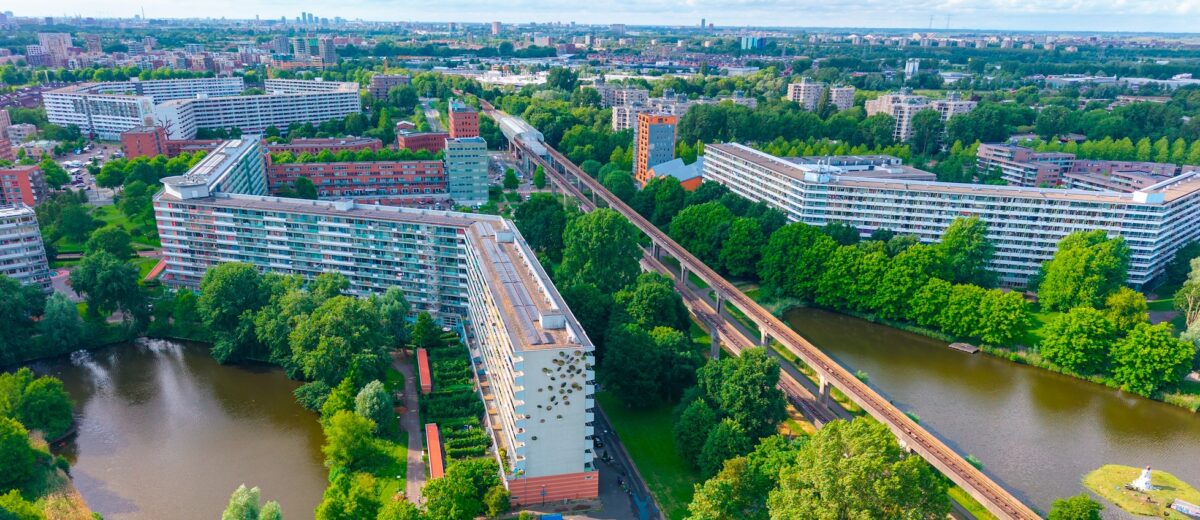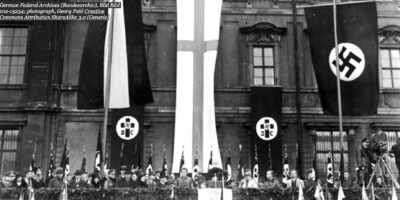Back in the 1960s, the era of Beatles and the Stones, the sexual revolution, moon-landings and dwindling church-attendance, religion was assumed to be definitely on the way out.
‘As society advances in modernity, religion retreats and becomes increasingly hollow’. So went the secularisation theory.
‘[By] the twenty-first century, religious believers are likely to be found only in small sects,’ wrote a young sociologist named Peter Berger in The New York Times in 1968, ‘huddled together to resist a worldwide secular culture’.
This assumption was shared by the planners of the Bijlmermeer, a housing district in south-east Amsterdam built in the 1960s as an idealistic city of the future. Based on ideas of Swiss modernist architect Le Courbusier, over thirty large blocks of high-rise apartments, ten storeys high and 200 to 300 meters long, were laid out in a honeycomb pattern.
Not one church building was planned in this ‘city of tomorrow’. After all, religion was supposed to be dying out.
By the 80s and 90s, the ‘Bijlmer’ experiment had become a dismal failure. Even the police chief called it ‘a national disaster area, synonymous with crime, drugs, unemployment and illegal immigrants.
Furiously religious
Three decades after his article in the New York Times – in 1999 – Peter Berger edited a compilation of articles entitled The desecularisation of the world. ‘De-secularisation!’ Most of the world was as ‘furiously religious as it ever was’, he wrote. The contemporary world could not be described as secular, he had come to realise. The evidence simply did not support the secularisation thesis.
Conservative or orthodox or traditionalist movements were on the rise almost everywhere, his survey of the global religious scene revealed: the Orthodox Church after the collapse of communism in Eastern Europe, Pentecostalism in Latin America, Evangelicalism in China, South Korea, as well as Islam, Buddhism and Hinduism.
Even in Europe, immigration has been one of the major factors in turning the tide back towards faith. While a conservative, white Christian nationalism is on the rise in some western nations, African, Latin American, Asian and Middle Eastern migrant believers have introduced new expressions of vibrant Christian community to Europe.
The Bijlmermeer today confirms Berger’s conclusion. Migrant communities, with many Christian believers, have helped rejuvenate the district. Some 150 Christian fellowships have emerged over the years, meeting in whatever social spaces they could find – from parking garages to recently built church sanctuaries. De Kandelaar, for example, is a four-storey complex reflecting the multicultural character of the neighbourhood and serving fifteen migrant churches.
So as we come this weekend to the last of nine ‘Geloof in Mokum’ (Faith in Amsterdam) events exploring how faith has shaped Amsterdam over nine centuries, we encounter a city that is simultaneously secular and multi-religious. In earlier events tracing through the nineteenth and twentieth centuries, we have seen how the Enlightenment largely sidelined religion in society. And we have also seen how faith kept pushing back, like grass growing up through the concrete. The Réveil of the nineteenth century, followed by Abraham Kuyper’s social vision of pluralism, brought faith back into the heart of the public square. Humans were more than just rational beings, many realised. They had feelings. They longed for the transcendental.
Creative
Today populist politicians continue to peddle their politics of fear warning against the onslaught of migrants undermining the traditional European way of life. Yet they overlook the innovative, creative, renewing influence migrants have often had, illustrated in the story of Amsterdam. Amsterdam is Amsterdam only because of centuries of immigration attracted by the freedom and opportunity – Jews from east and west, French-speaking Huguenots and Wallonians, dissidents from England including the Pilgrim Fathers, from Germany and Belgium, former colonies like Indonesia and Surinam, guest workers from Morocco and Turkey, others from Ghana, Nigeria and other African nations, refugees from war zones in the Middle East and Ukraine.
Migrants have also brought Islam, Hinduism and other religions. In Amsterdam, leaders from the various faith networks have risen to the challenge of cooperation towards the common good through inter-faith networks. Freedom of religion means championing freedom for each faith community, not just Christians.
At tomorrow evening’s Geloof in Mokum event in south-east Amsterdam, Dr Piet Brinksma will share new research on the significant social services contributed by the faith networks worth millions of euros. Dr Bert de Ruiter will talk about building bridges of friendship with those of other faiths. A panel will share a vision of Amsterdam in 2050, shaped by faith.
The ethnic diversity of these active believers, especially in the Bijlmer district, recalls the vision in Revelation of the multitude before the throne from every nation, tribe, tongue and people. For white-nationalists eager to enter the Pearly Gates, this glimpse of heaven may come as a surprise.

Till next week,



